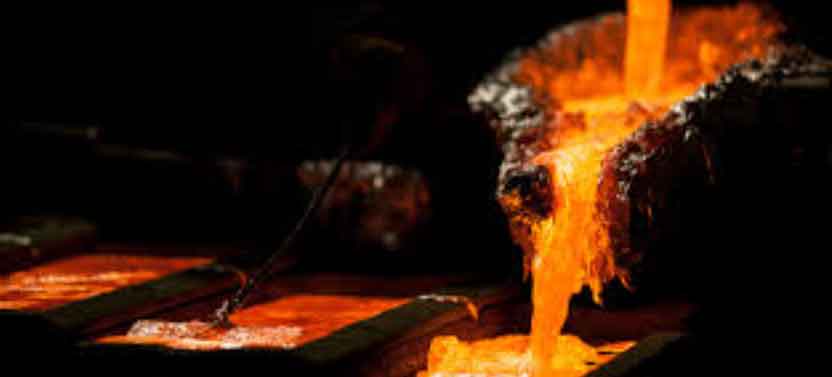
Sand casting offers several advantages that contribute to its cost-effectiveness and efficient production. Let’s explore some of the key advantages:
- Low Tooling Costs: Sand casting has relatively low tooling costs compared to other manufacturing processes. The pattern used to create the sand mold is typically less expensive to produce than the complex dies or molds required for processes like die casting or injection molding. This makes sand casting an economical choice, particularly for small to medium production runs or when prototypes need to be produced.
- Cost-Efficient Materials: The materials used in sand casting, such as sand, binders, and additives, are readily available and relatively inexpensive. Sand is the primary material, and it can be recycled and reused multiple times, reducing material costs. The availability and affordability of these materials contribute to the overall cost-effectiveness of sand casting.
- Versatility in Metal Alloys: Sand casting can be used with a wide range of metal alloys, including both ferrous and non-ferrous materials. This versatility allows manufacturers to choose the most cost-effective metal alloy for a specific application, considering factors such as strength, weight, corrosion resistance, and cost. The ability to work with various metal alloys increases the options for cost optimization in production.
- Efficient Production Process: Sand casting is a relatively efficient production process. Once the pattern and mold are prepared, multiple castings can be produced from a single mold. This allows for the production of a larger number of parts in a shorter amount of time compared to processes that require individual molds or dies for each part. The scalability of sand casting enables efficient production for both small and large quantities.
- Design Flexibility and Complex Geometries: Sand casting offers design flexibility and the ability to produce components with complex geometries. The molding sand can be shaped and molded to accommodate intricate details, undercuts, and complex shapes, allowing for the production of parts with unique designs. This flexibility reduces the need for additional machining or post-casting operations, saving time and costs.
- Quick Turnaround for Prototypes and Low-Volume Production: Sand casting is well-suited for rapid prototyping and low-volume production. The relatively short lead times for producing patterns and molds, coupled with the ability to make design modifications easily, allow for quick iterations and adjustments. This rapid turnaround is particularly beneficial for testing and validation during the product development phase, minimizing costs associated with design changes.
- Scalability for High-Volume Production: While sand casting is commonly used for small to medium production runs, it can also be scaled up to accommodate high-volume production requirements. With efficient mold handling, optimized process parameters, and advanced pouring techniques, sand casting foundries can achieve consistent and reliable production rates, meeting the demands of high-volume manufacturing.
- Repairability and Recyclability: Sand castings can be repaired and modified more easily compared to other casting processes. If defects or issues arise, the casting can often be repaired through welding, machining, or other methods, reducing the need for scrap and rework. Additionally, the sand used in the process can be reclaimed and recycled, reducing waste and promoting sustainability.
Sand casting’s cost-effectiveness and efficiency make it a preferred choice for various industries and applications. Its low tooling costs, versatility in metal alloys, efficient production process, and design flexibility contribute to the overall economic viability of sand casting. By leveraging these advantages, manufacturers can achieve cost-effective and streamlined production of complex and functional metal components.
Pages: 1 2
